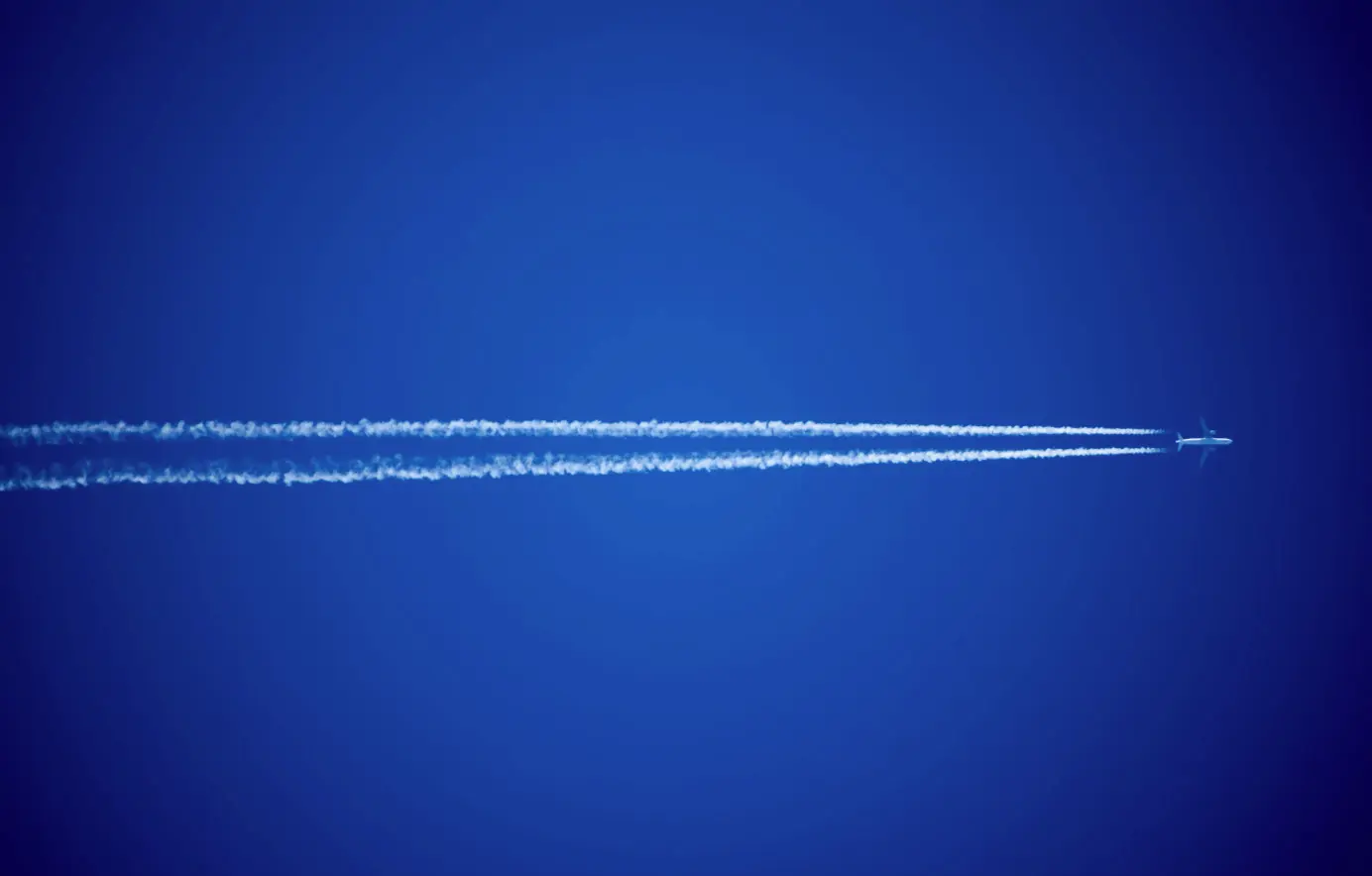
How Long Will It Take To Fly Around the World?
It is possible to go around the globe in commercial airliners, but refueling stops must be done. On other aircraft types, however, this is not the case. Learn more about it all here.
Table of Contents
We've all heard of the adventurer who proved someone could travel around the world in about 80 days, but what are the possibilities with today's modern aviation technology? The question is, "How long will it take to fly around the world?"
To fly around the world's whole circumference in a passenger aircraft of modern, average standards would take approximately 45 hours. The first flight around the world took 175 days in 1924 using a team of aircraft pilots, while the first non-stop flight around the whole planet was in a Rutan Voyager Aircraft in 1986.
In this article, we will not only answer the question "How long will it take to fly around the world?" but also cover the history of traveling around the world in an aircraft and answer some frequently asked questions on this fascinating topic. With so much to cover, let's jump right in.
The History of Flying Around the World
The circumference of planet Earth is 24,901 miles (40,075 km). The first person credited with visualizing traveling all the way around that distance was Jules Verne, an 18th-century fiction author. However, it was not until 1924, as described above, that a team of aviators in the United States military made the trip in real life using aviation.
The flight covered more than 40,000 kilometers and took a whopping 175 days. However incredible this feat was, it didn't quite compare to flinging around the world non-stop. That achievement was made using a Rutan Model 76 Voyager in 1986.
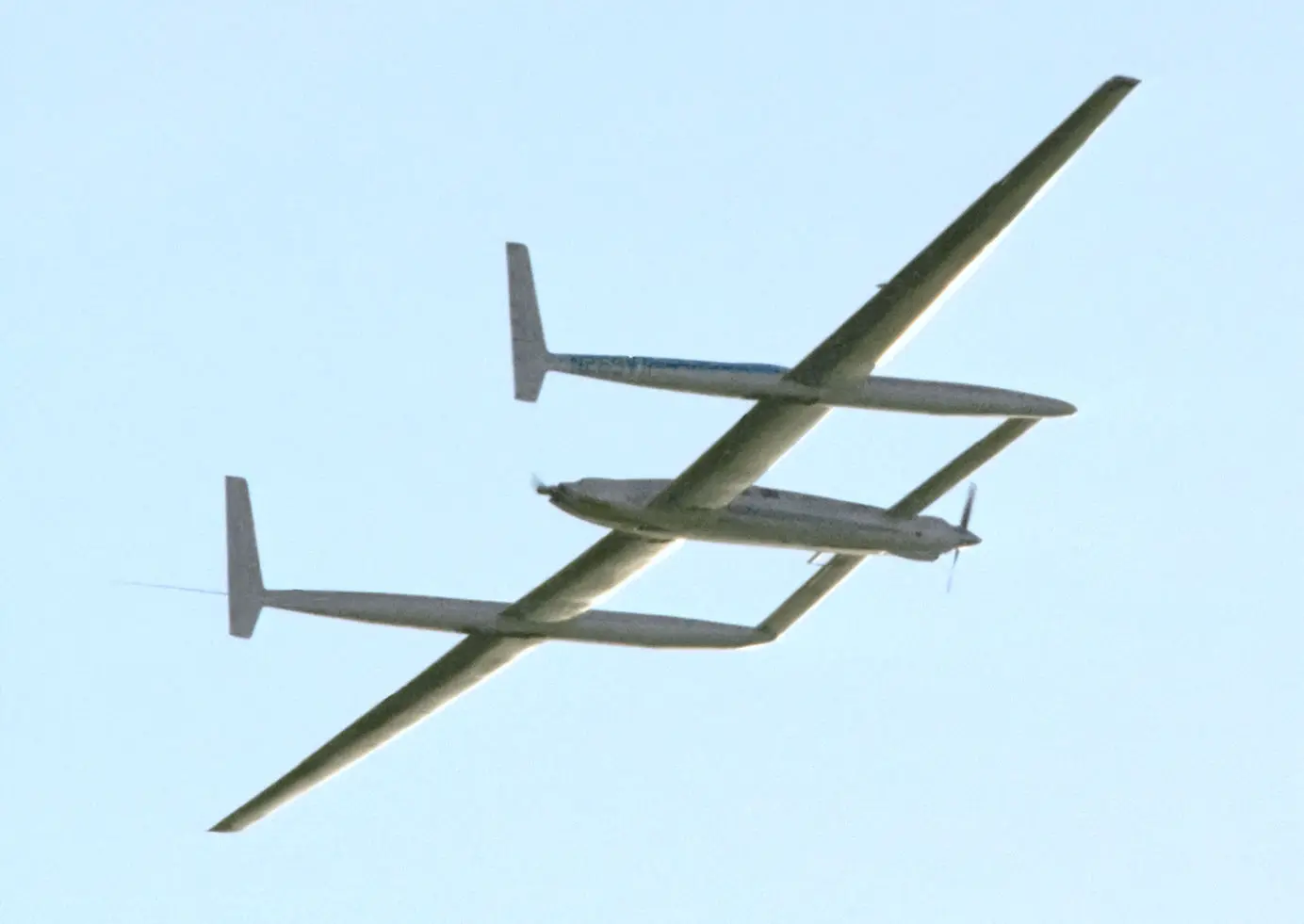
This flight took nine days, and the airplane returned safely to the same airfield it had taken off from. Since then, flying around the world without stopping has been done many times, and the record has been broken repeatedly.
How Long Does it Take To Fly Around the World Today?
Flying around the world today takes even less time than the noble record of the 80s. In 2005 the records were pushed even further. The special aircraft GlobalFlyer, backed by Virgin Atlantic, was the first fixed-wing aircraft to fly around the world nonstop with just a single pilot, without refueling underway.
Pilot Steve Fossett flew the single-engine plane around the world in 2005. He took a route known as the Tropic of Cancer, which is 23.4394 degrees north of the planet's equator. It took him a little over 67 hours to complete this journey.
To speed through the trip around the planet, Steve Fossett needed to fly at incredibly high altitudes using aviation fuel that was technically military grade (JP-4). Because the aircraft was so high up and took advantage of the winds at that altitude, the fuel needed to have a much lower freezing point than the average jet fuel.
The super lightweight, sleek GlobalFlyer is an extraordinary machine that regular passenger aircraft could not compare with. In fact, it actually is not technically possible to fly all the way around the world without stopping in a commercial airliner.
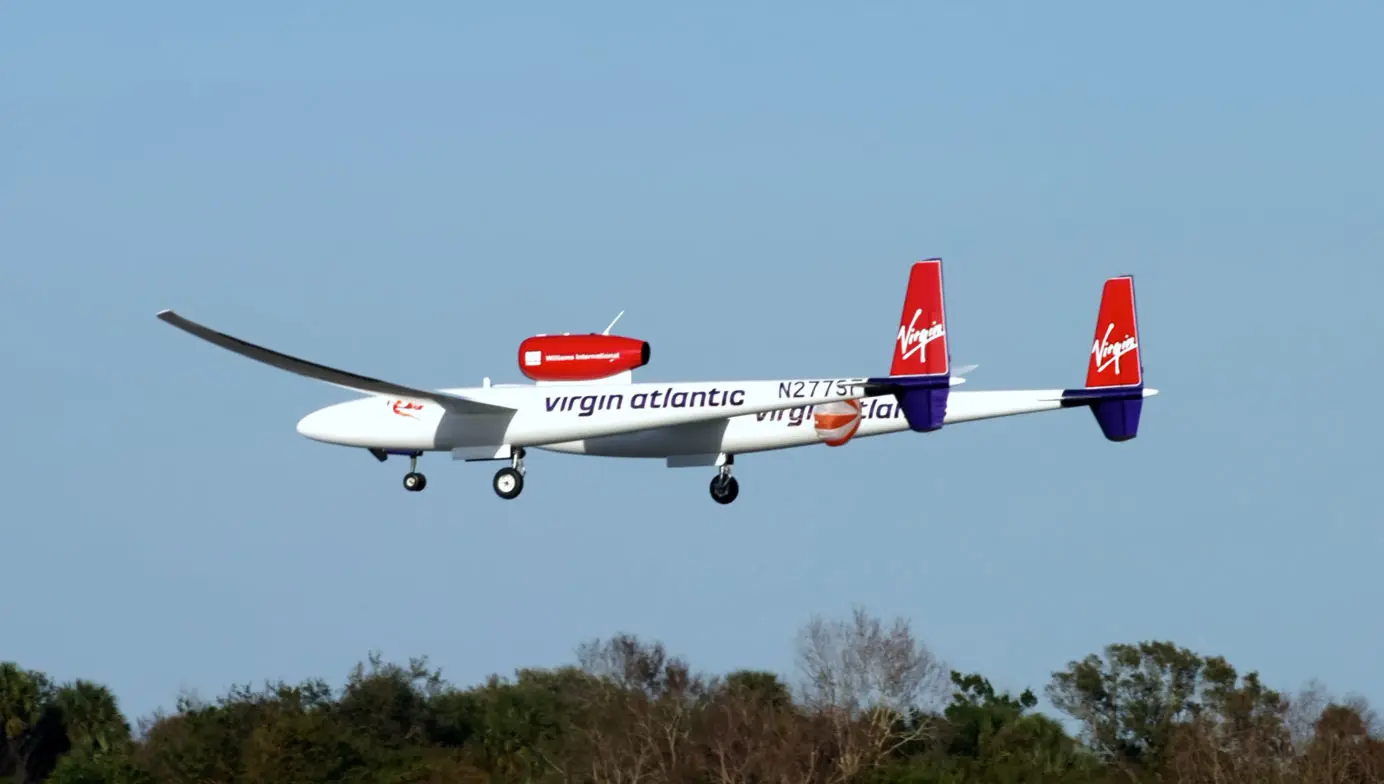
Some routes are, however, very long. For example, Singapore Airlines is impressive because it has the Airbus A350-900ULR (Ultra Long Range) aircraft, which flies nonstop from Singapore to New York despite the overwhelming distance of over 15,000 kilometers.
This flight holds the record for the longest amount of time spent in the air by a commercial flight, but it still takes nearly 19 hours and doesn't quite go all the way around the world. If you do decide to try and fly all the way around the world, it will need to be with refueling stops included as long as the journey is being taken with commercial planes.
With refueling stops permitted, the Concorde holds the record for the fastest navigation around the planet's circumference. Though the supersonic aircraft had to obey the FAI rules, which stipulated that the flight go longer than the length of the route taken by Steve Fossett, it achieved the task in 31 hours and 27 minutes in 1995.
If you decide to fly around the world commercially, you can do so, but not with one consistent route or schedule. For now, an executive of Etihad Airways holds the record for a commercial trip around the world in 2018, which took 52 hours and about 34 minutes.
Another example of a flight that goes around the world, but this time by traveling between the North Pole and the South Pole, is an expedition named "One More Orbit." It went underway in the month of July 2019. The task was undertaken by a team of professional astronauts and pilots joining forces.
"One More Orbit" was a celebration of Apollo 11's landing on the moon 50 years earlier. Using a Gulfstream G650ER business jet by Qatar Executive and refueling at three different stops, the plane finished its circumnavigation mission in about 46 hours with the same beginning and ending point at the NASA Space Center in Florida.
Conclusion
It is absolutely possible to fly around the world. The average time it would take to complete this journey, especially on commercial airlines, is between 45 and 52 hours because refueling stops need to be made. However, military-grade or specialized planes have made the trip in as little as 31 hours without stopping.
Also read:

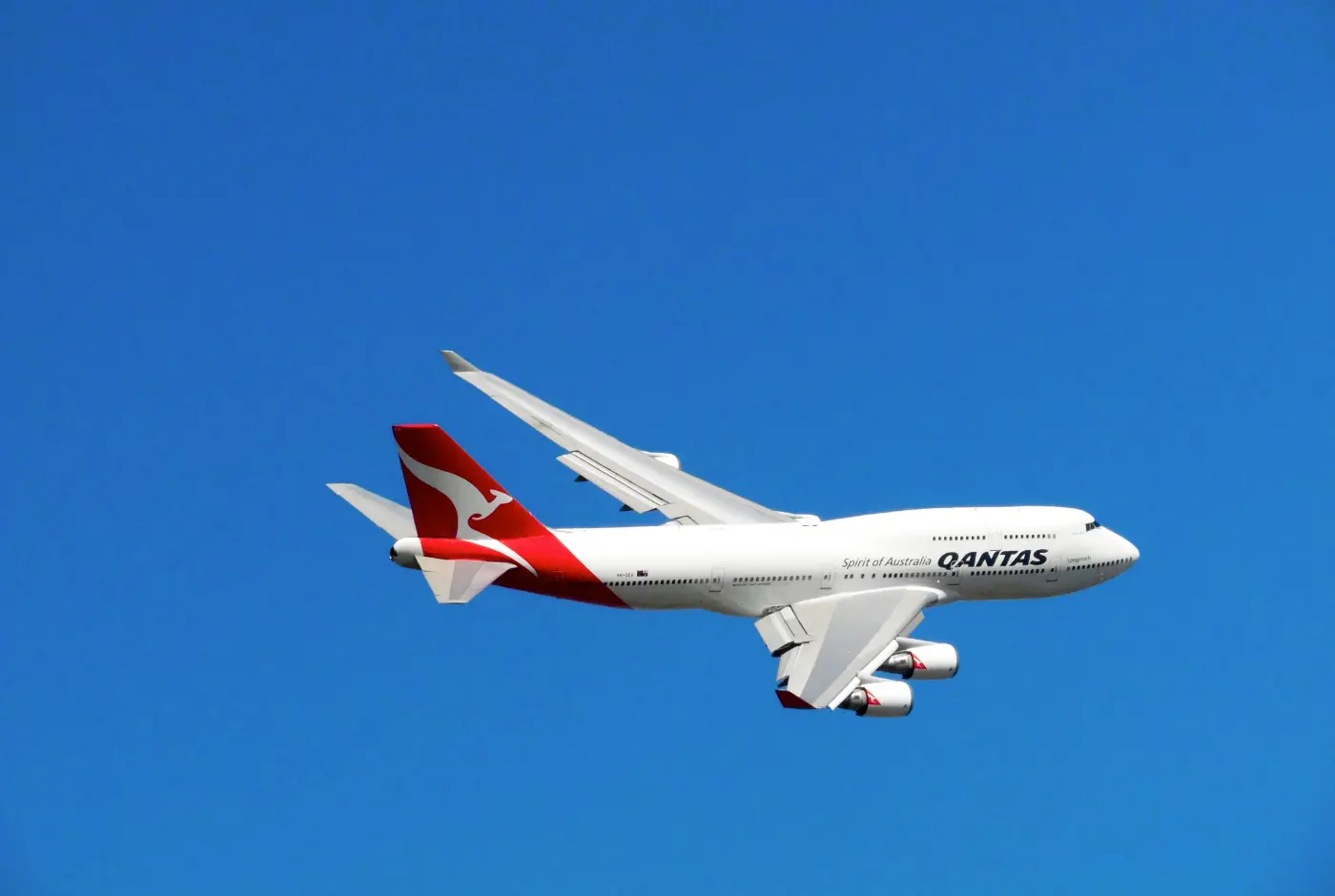
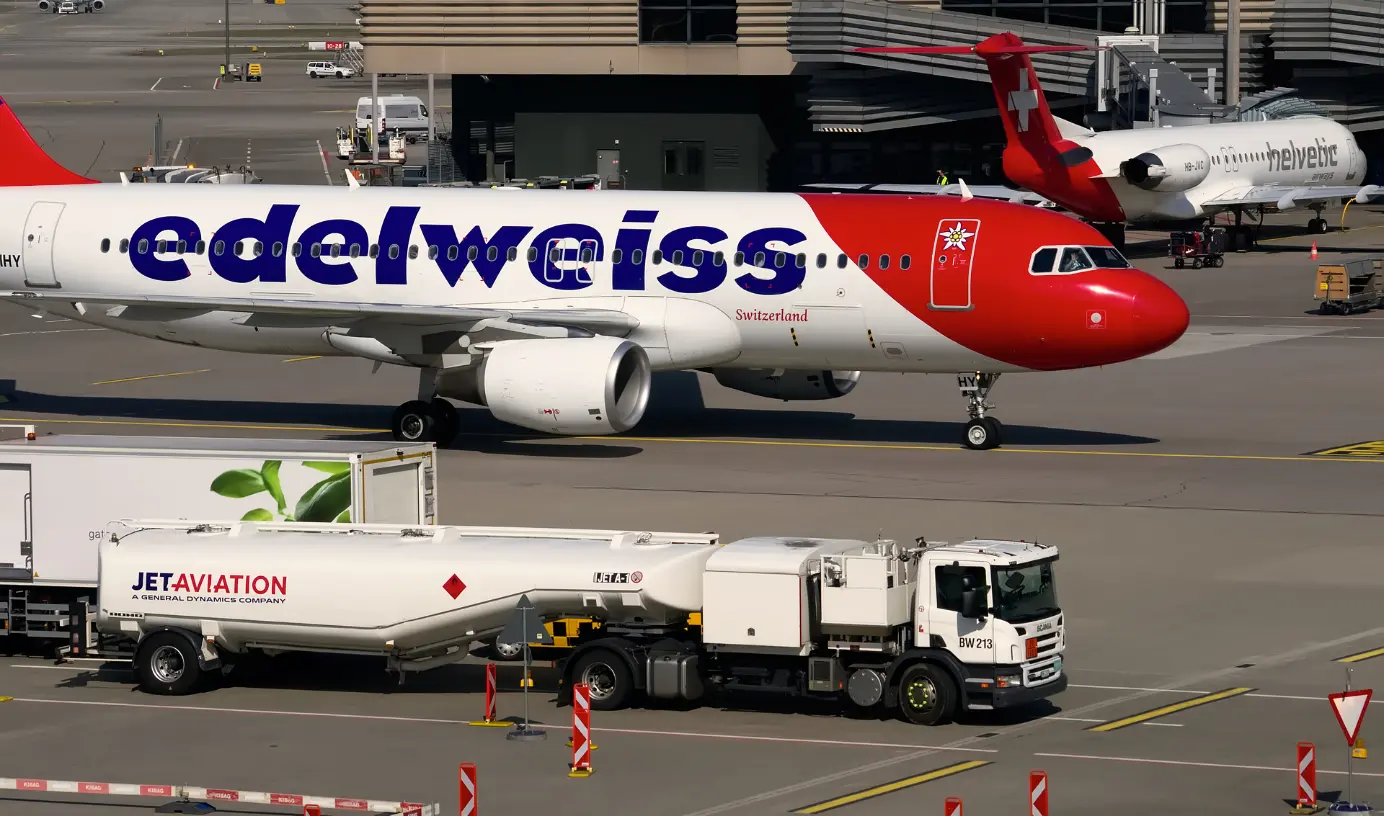
Planenerd Newsletter
Join the newsletter to receive the latest updates in your inbox.







